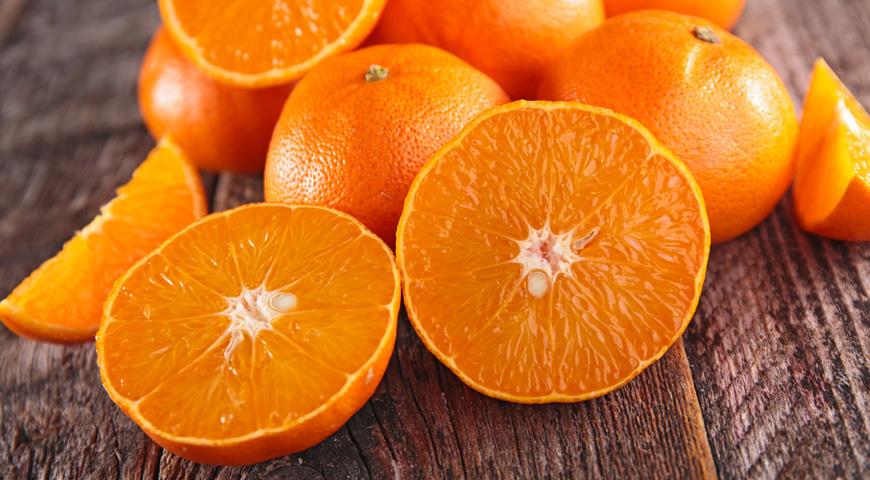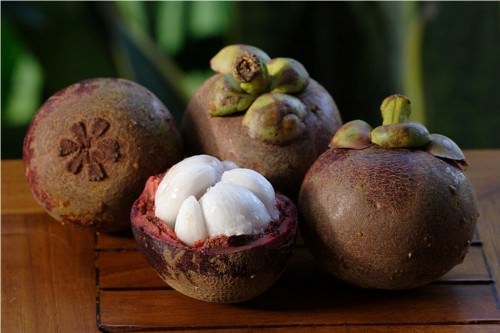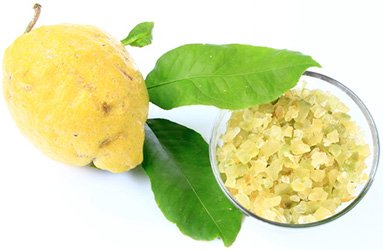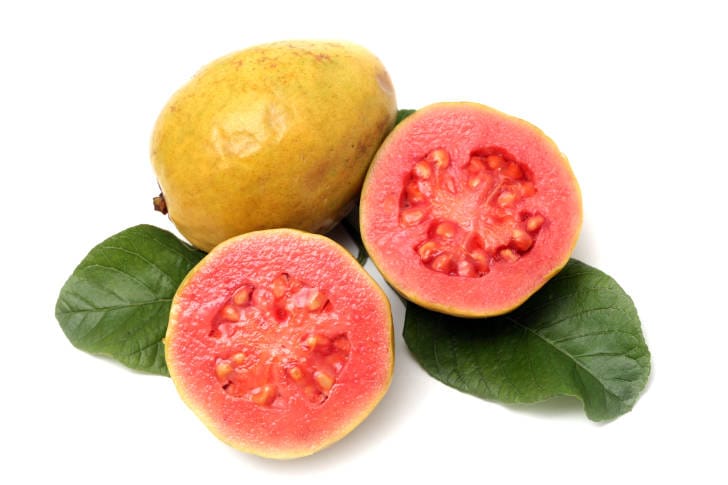19 Exciting Facts About Medlar
by Editorial Staff
Many exotic plants have names that are unusual for us. For example, medlar: what kind of fruit and what features characterize it. Often, tropical fruits surprise with their spring appearance or attract with an unusual shape and color of the fruit.
Facts About Medlar

- There are about 30 varieties of this plant. Among them are trees and shrubs. Each species is so individual that even zoologists doubt the correctness of the definition of signs.
- Medlar is an evergreen tree of the rose family. In places where it grows, it can grow up to eight s in height.
- The fruits of the medlar have an amazing taste, with a thin skin, the juicy, sweet, and aromatic pulp is hidden behind it.
- Having the shape of a pear, the medlar has nothing to do with it, it can have various sizes, from very small, like a cherry, to large, the size of a large avocado.
- Under the name "medlar" there are two whole fruit crops in the form of the Japanese medlar and the German one. A characteristic feature of these plants is not only different species, but also a different genus of the family: the Japanese species of medlar belongs to the genus Eriobotrya, and the German one is considered the only representative of the genus Mespilus.
- Medlar can be found in the Caucasus, Iran, Southeast Asia, and in Japan, and in the southern regions of China, it is grown on an industrial scale. Most often, these trees are intended for landscaping.
- Medlar is a thermophilic plant that needs a long daylight hour and can survive frosts down to minus 15 degrees, but after surviving them, it stops blooming and bearing fruit.
- It is the Japanese medlar with sweet juicy fruits that are often eaten. The fruits of this type of medlar resemble sweet cherries, however, they are sweeter in taste, very juicy, and soft.
- It is better not to harvest the crop until the first frost. When the fruit of such a medlar is "caught" by frost, it becomes much tastier. It acquires a pleasant sourness and tastes like a frozen apple.
- The calorie content of medlar fruits is only 45 - 48 kcal per 100 grams of the product. Their composition is unusually diverse and contains the following elements: vitamins in the form of beta-carotene, group B; folic acid; vitamin C; Apple acid; iron; copper; calcium; potassium; selenium; iodine; sodium; manganese; phosphorus.
- Most of the fruits are water - up to 87 percent, fats account for 0.1 percent, carbohydrates in these sweet fruits - 10 percent, proteins - only 0.4 percent. Dietary fiber accounts for about 2 percent.
- In the East, medlar has long been used as an effective traditional medicine and in recipes for caring for your appearance. With the help of the fruits of this plant, the body replenishes the lack of energy, restores the body's defenses due to its antioxidant properties.
- The decoction of flowers cures bronchitis, cough and helps to eliminate asthmatic attacks. Leaves, which contain astringents, are consumed in the form of tea in case of gastrointestinal disorders.
- Fruit seeds in the form of infusions and decoctions, contribute to the elimination of harmful substances, toxins, and radionuclides from the body, improves the state of intoxication.
- The benefits of using medlar become obvious only in the case of an integrated approach to improving your body. A correct lifestyle, healthy diet, and a calm emotional state will always do good. And if all this is backed up with healthy fruits in the form of medlar, then these improvements will become even more obvious.
- Medlar is especially popular with the Japanese, and they are known to live long and have excellent health. The plant owes its properties to the composition of substances, where there is a lot of water - up to 80 percent, and little sugar. For this reason, the fruits can be eaten without fear by people suffering from excess weight. The substance triterpenes in fruits include the processes of insulin production, which has a positive effect on the condition of patients with diabetes.
- All parts of the medlar are used in industrial cosmetology and as home care products. The pulp is used for masks, decoctions, and extracts - for the manufacture of lotions that effectively deal with problem skin. It is important to remember that all of them can be used immediately after production; after storage, you can get allergies or skin burns.
- When visiting an exotic country, few people are well versed in local fruits and do not know how to eat them. With such an unusual fruit as medlar, they do the right thing: cut the fruit in half and remove the bone from it; the peel is cut off from insufficiently ripe fruit, they also do with too thick peel; the soft skin is not removed from the ripe fruit.
- People who do not have problems with stomach acid are not prone to allergic reactions to fruits, the use of medlar will bring one benefit especially to those suffering from diabetes and those with heart disease. If possible, it is advisable to eat this fruit in any quantity and in any form. They can be completely sure that negative consequences will not happen from this.
 Also Like
Also Like

Clementines are a hybrid of an orange and a mandarin, and this variety was bred by the French priest and breeder Father Clement, after whom the exotic fruit got its name. Externally, clementines are similar to tangerines with one difference – there are pr...

10 Interesting Facts About Arugulas
Indau, eruka, rocket, sowing caterpillar – this plant has many names, but whatever you call it less useful for health, it does not become from this. Arugula has a pleasantly bitter flavor that can add a spicy taste to any dish. Many who have tried it once...

10 Interesting Facts About Asparagus
All over the world, spring is considered the season of asparagus, when the first young juicy shoots appear from the ground. In our country, you don’t even have to look for local asparagus in the markets – you need to grow it (and it doesn’t grow in one ye...

10 Interesting Facts About Broccoli
There is more vitamin C in broccoli cabbage than in lemon, A – almost as much as in carrots, and the rest of the trace elements are certainly not less than in related vegetables of the cabbage family. It should be treated with caution by those who have in...

10 Interesting Facts About Cauliflowers
Cauliflower is superior to all other varieties in taste and nutritional content. What do you know about Cauliflowers? We will tell you 10 interesting facts about him, and if you have something to add, be sure to leave your comment under this post! Caulifl...

10 Interesting Facts About Dills
Many people actively use dill when preparing a wide variety of dishes; this seasoning is considered truly universal. What do you know about Dills? We will tell you 10 interesting facts about him, and if you have something to add, be sure to leave your com...

10 Interesting Facts About Fennels
Not the most frequent guest in our kitchens, but his every appearance should be noted. What do you know about Fennels? We will tell you 10 interesting facts about him, and if you have something to add, be sure to leave your comment under this post! The ho...

10 Interesting Facts About Garlic
Many doctors recommend eating garlic, in the absence of contraindications, of course. This is an extremely useful product, notable for the fact that when cooked or dried, it retains a significant proportion of useful substances. What do you know about Gar...

10 Interesting Facts About Greens
We know vegetables and greens are good for you. But what exactly is their strength and why are they so important in the daily diet? After examining the opinions of people leading a healthy lifestyle, we are a selection of 10 interesting facts. What do you...

10 Interesting Facts About Lettuce
Lettuce is known all over the world and has been actively used since the 20th century. People can grow lettuce on their own to consume its leaves or stump. It should be noted that lettuce varieties such as Roman are produced mainly in Europe (in the Medit...

10 Interesting Facts About Parsley
Even the usual seasoning can harbor a lot of unusual things. What do you know about Parsley? We will tell you 10 interesting facts about him, and if you have something to add, be sure to leave your comment under this post! Did you know that there are curl...

10 Interesting Facts About Pumpkins
Orange, juicy, bright, tasty, useful! Pumpkin is a real symbol of autumn. And what do you know about pumpkins? We will tell you 10 interesting facts about pumpkins, and if you have something to add, be sure to leave a comment under this post! In fact, the...

12 Interesting Facts About Daikon
Due to the high content of vitamins, daikon strengthens the immune system, and its phytoncides kill microbes. Daikon removes excess fluid from the body, cleanses the liver and kidneys, stimulates the stomach and intestines, and is even able to dissolve ga...

12 Interesting Facts About Mangosteen
We have already written about dragon fruit – one of the most popular fruits in Southeast Asia, especially in Thailand. We decided to continue the series of notes dedicated to fruits, which can be seen in abundance on Thai food stalls. The turn of mangoste...

12 Interesting Facts About Mustard
Mustard is an annual plant that grows up to 60 cm in height. The bright yellow flowers form seed pods, each containing about 6 seeds. What do you know about Mustard? We will tell you 12 interesting facts about him, and if you have something to add, be sur...

Citron is a rare fruit that belongs to the citrus family. At the moment, it grows only in some rather limited areas. Theophrastus, Virgil, Martial also spoke about this fruit, it is also mentioned in the Bible. The history of the origin of this citrus tre...
Comments for "19 Exciting Facts About Medlar"
 |
 |
 |
 |
Get FREE Recipe Gifts now. Or latest free cooktops from our best collections.
Disable Ad block to get all the secrets. Once done, hit any button below
 |
 |
 |
 |



